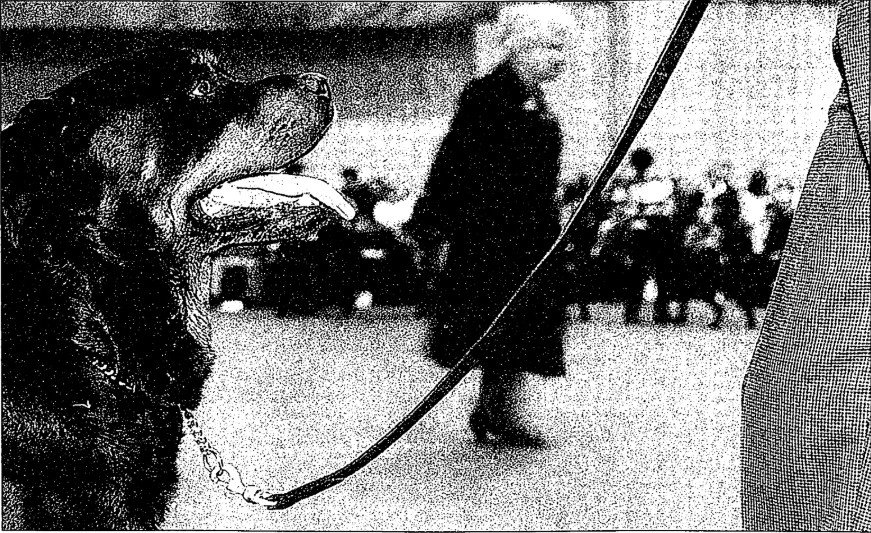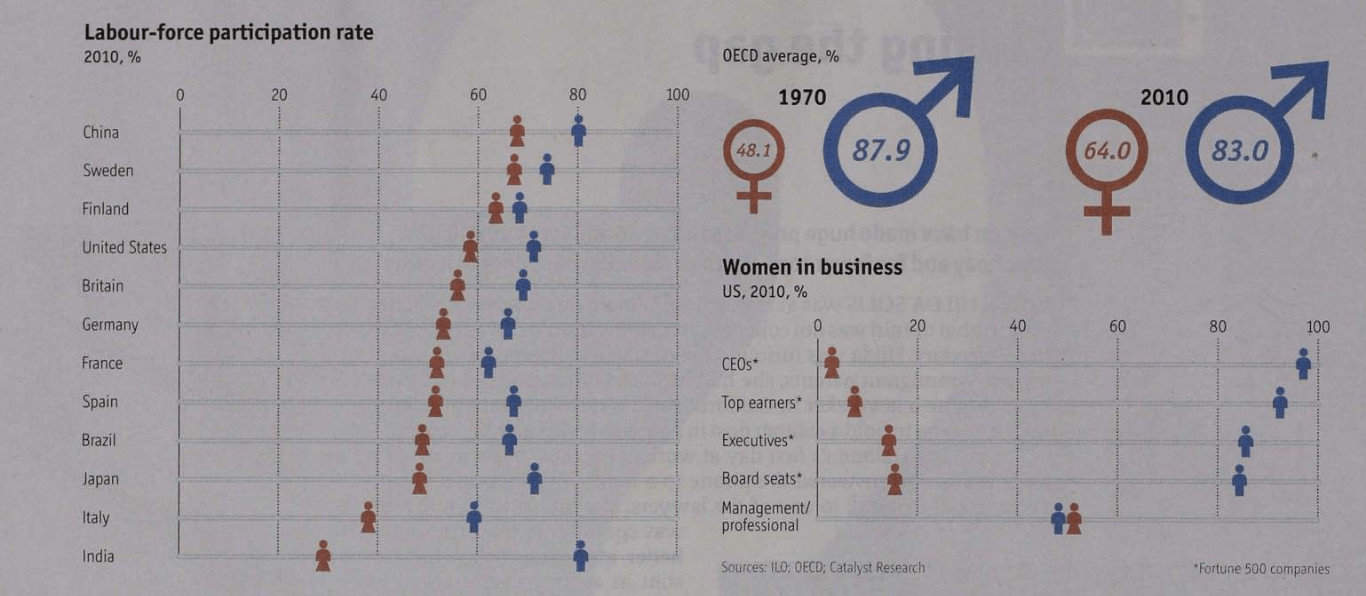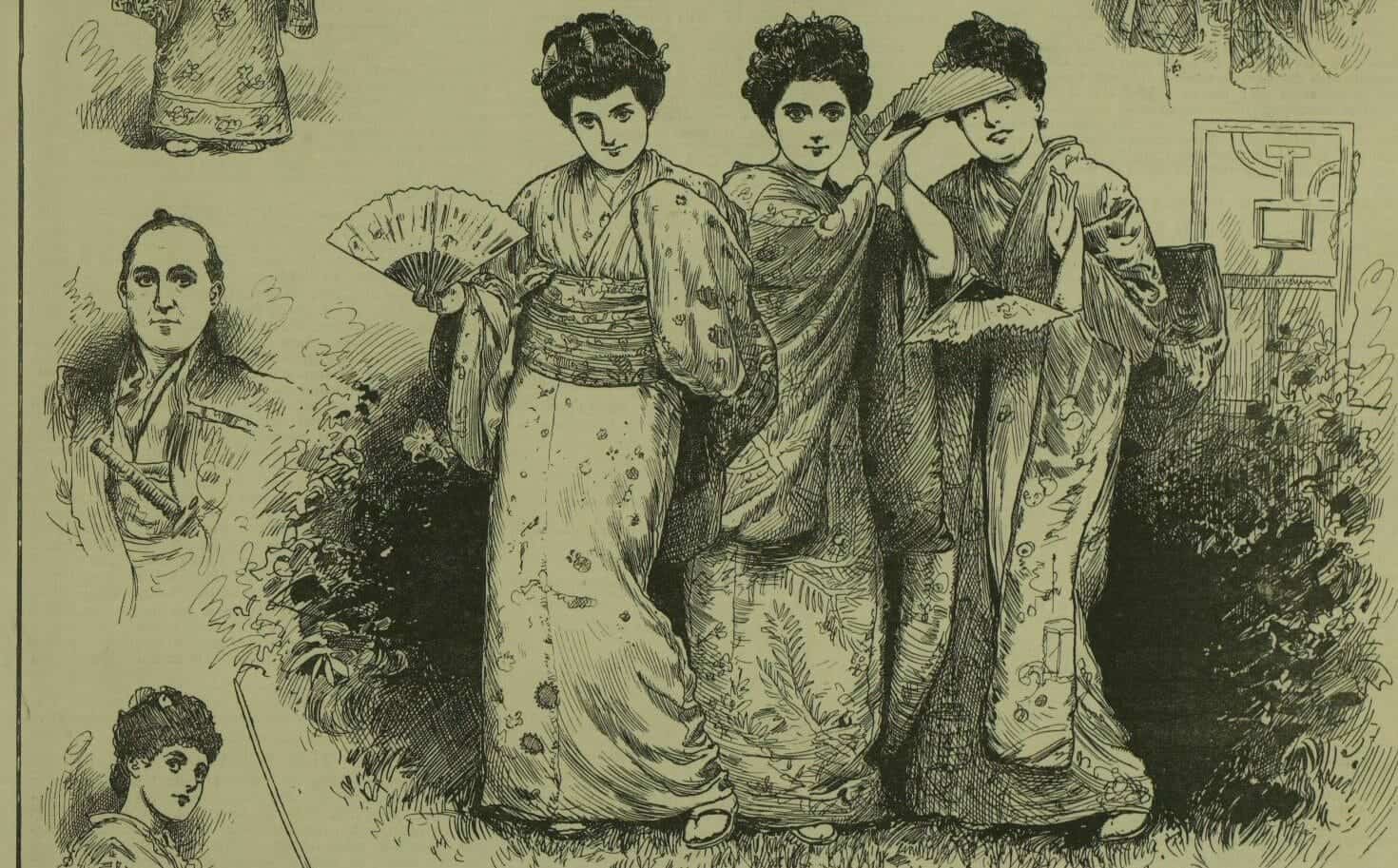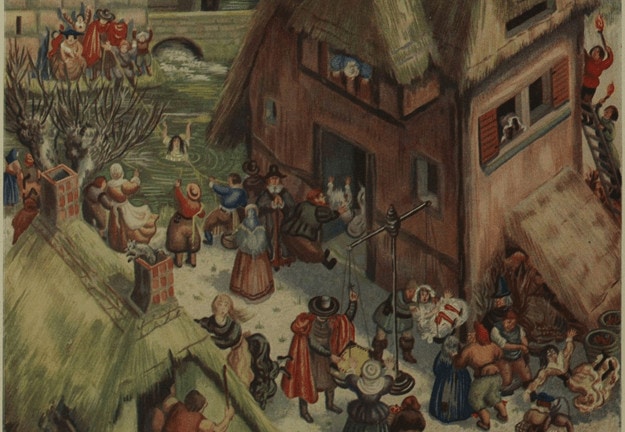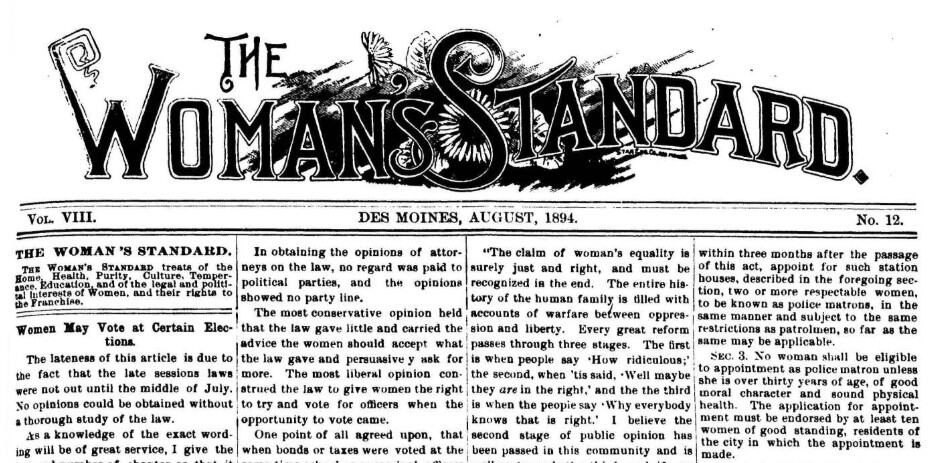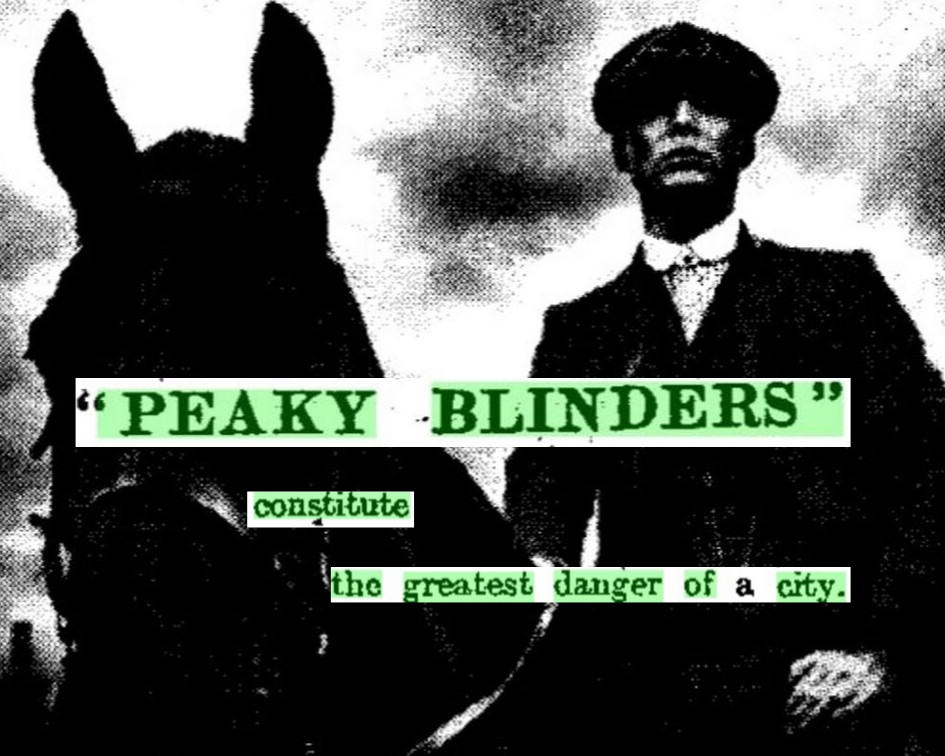│ By Evelyn Moran, Gale Ambassador at the National University of Ireland, Galway│
As a proud two-time Rottweiler (or Rottie) owner, I’ve always found it odd that many people seem to be frightened, or at least nervous, of this dog breed. Both of my dogs have been absolute softies, more likely to lick an intruder than scare them off! Everyone expects them to be angry and aggressive, but both mine have just wanted a piece of ham to gobble down, and maybe a nap on top of a warm human. So I decided to use Gale Primary Sources to do some digging, to learn more about how the breed has been represented in the press, and how this has impacted attitudes towards the Rottweiler which can (in my opinion) be as loveable as any other breed.

